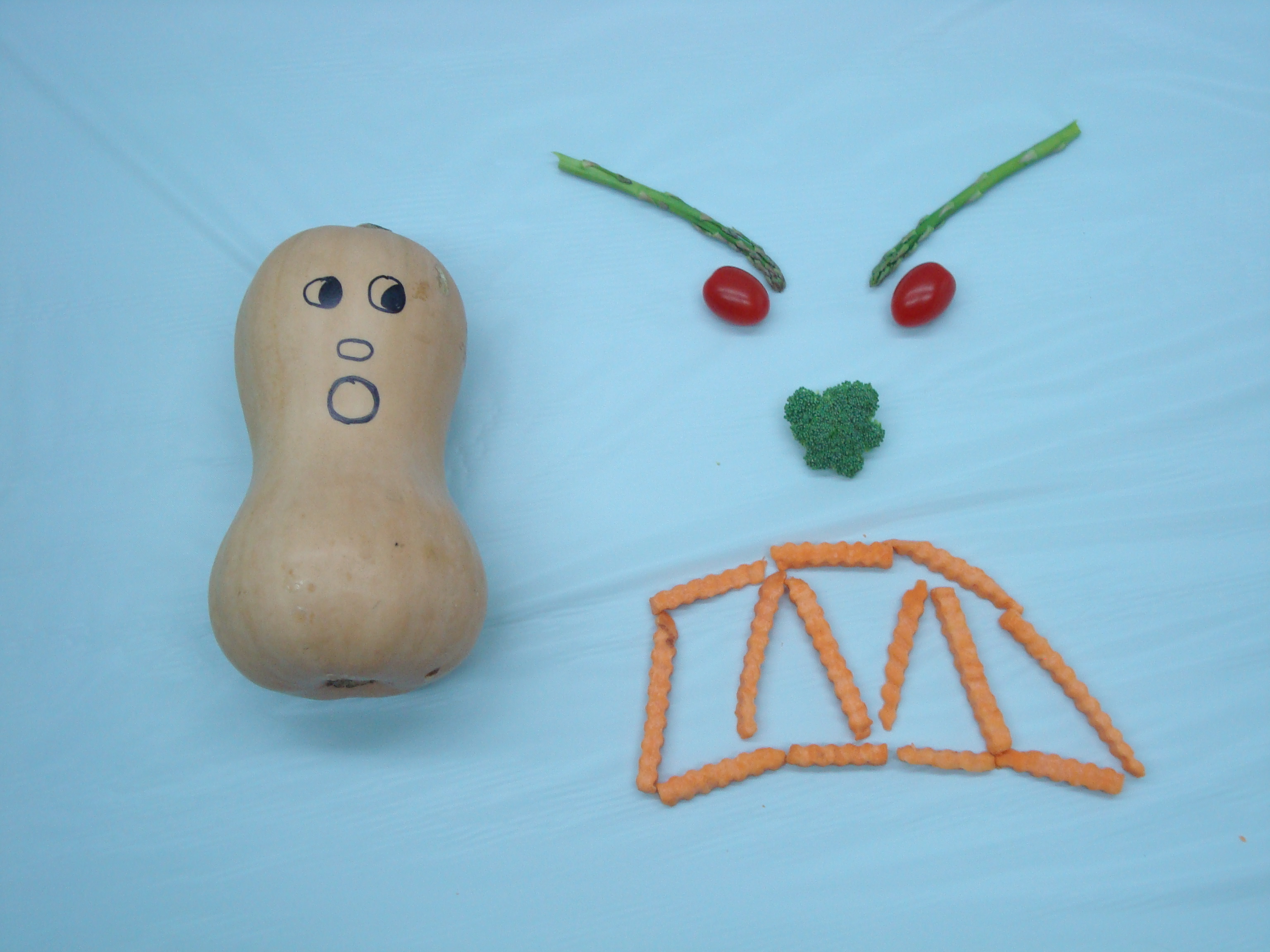
by Sharlee Whiddon | Feb 27, 2025
Managing debt effectively involves setting clear, achievable goals and creating a structured plan. A good approach is using the SMART framework—ensuring that your debt repayment strategy is Specific, Measurable, Achievable, Relevant, and Time-bound. Here’s how you can apply SMART strategies:
Be Specific! Define the exact amount of debt you want to pay off. Instead of a vague goal like “reduce debt,” specify “pay off $5,000 in credit card debt.” List Your debts! Break down which debts need to be paid first, whether they are credit cards, loans, or other liabilities.
Make it Measurable! Identify a way to track your progress. Regularly check how much debt you’ve repaid. For example, you could track your debt in monthly statements or use budgeting apps. Also, set milestones. Break your larger goal into smaller, measurable targets – for example, paying off $1,000 of a $5,000 debt each month.
Is it Achievable? Set a realistic repayment plan. Consider your current financial situation—how much you can afford to pay each month. Make sure your goal is within reach given your income and expenses. Consider interest rates and prioritize high-interest debts first, such as credit cards, to reduce the overall amount paid in interest over time.
How Relevant is this? The debt repayment should tie into your broader financial goals, whether it’s improving your credit score, saving for a down payment, or achieving financial independence. Understand why paying off your debt is important to you. Whether it’s peace of mind, improving your financial health, or reducing stress, make sure your goal is personally meaningful.
It’s got to be Time-bound! Assign a target date for paying off your debt. For example, “Pay off $5,000 by the end of 2025.” Check in monthly or quarterly to ensure you’re on track and adjust as needed. This will help you stay focused on meeting your deadline.
By following these SMART principles, you’ll have a clearer, actionable plan that can help you stay on track with your debt management.

Using IFAS-generated budgeting tools, young people can learn to manage their money and begin saving and investing in the future. (UF/IFAS Photo: Tyler Jones. IFAS Extension calendar 2009)
Once you have taken the steps to build your SMART debt management plan, consider using the debt snowball or debt avalanche methods to aid in reaching your goal. These methods are popular strategies for debt repayment. Debt snowball involves paying off the smallest debt first, while Avalanche focuses on paying off the highest-interest debt first.
Find an accountability person that you can share your goal with and who will support you as you work to meet your goals. Planning regular check-ins with this person to monitor progress helps maintain positive energy and will lead to success.
It is a good idea to work on building a small emergency fund while paying off debt to avoid falling back into debt in case of unexpected expenses. Once you have eliminated your debt, grow your emergency fund even more.
It is important to celebrate your success of managing and erasing your debt. Just be sure the celebration doesn’t lead to finding yourself in debt again! A celebration might be a call to a friend or family member to share the great news or helping someone else use the SMART principles to set a goal they have.
For more information on managing your debt, contact your local UF IFAS County Extension Office.
Source: Forbes –The Ultimate Guide to S.M.A.R.T. Goals – Forbes Advisor
An Equal Opportunity Institution.

by Claire Davis | Jan 13, 2022

Being more active is one of the top New Year’s Resolutions.
Photo credit: UF/IFAS Photo: Sally Lanigan.
Well, it’s that time of year again. January 1st has finally rolled around and I still have not completed last year’s New Year’s Resolution. If you’re like me, your resolution is to lose weight in 2022. Maybe you have chosen to quit smoking, exercise more, or try to be more positive. Maybe these resolutions sound familiar to you because they were last year’s resolutions, too!
You don’t have a New Year’s Resolution yet? Below is a list of some of the most common New Year’s Resolutions that could help you spark an idea!
-

Exercising with others can help you stay on track to reach your wellness goals.
Photo credit: UF/IFAS Photo: Josh Wickham.
Exercise more
- Lose weight
- Get organized
- Learn a new skill or hobby
- Save more money
- Quit the use of tobacco
- Quit the use of alcohol
- Spend more time with family and friends
- Travel more
- Read more
So, how do you ensure that you are going to stick to your resolution? Below are a few New Year’s Resolution tips to help us create long-lasting change:
- Dream big! The bigger, the better. Do you want to learn to run a marathon? Do you want to fit back into those jeans you wore in high school? Being ambitious will help inspire others around you to cheer you on toward those goals.
- Break that big dream down into smaller pieces. Running 26 miles seems daunting, but when you start with just walking 1 mile, you will soon gain the confidence to push for more. Choosing to reach for healthier snacks, such as carrots or celery instead of potato chips, is a small change that can affect your diet. You do not have to deprive yourself of foods you enjoy to lose weight. You just have to focus on portion control. Small steps will move you forward to your ultimate goal.
- Commit yourself to your goals! Write them down, post your goals on social media, or verbally promise to others that you are going to do it. Hold yourself accountable to what you are trying to do. Sometimes, making a public announcement will encourage others to join you on your journey. They can push you to be the best version of yourself, while also holding you accountable.
- Give yourself a pat on the back! “Rome wasn’t built in a day.” Well, neither will you accomplish your end goal in one day. Typically, our new year’s resolutions take time, sometimes a very long time. Encourage yourself to keep going by acknowledging what you do accomplish!
- Learn from your past. I am not perfect, you are not perfect, no one is perfect! We all stumble at times, but it is how we recover that will set us up for success or failure. If you “fall off the healthy-eating train” one evening, don’t beat yourself up or give up. Tomorrow is a new day, and you can resolve to recover from your mistakes to get back on track.
- Support! I have mentioned inspiring others already, but you need support, too. Accept help from those who care about you to help you achieve your goals. Consider joining a support group, such as a workout class at the gym or a group of co-workers to quit smoking. These individuals share your struggles and want to see you succeed, which makes the challenge less intimidating!
- The 3 R’s: Reflect, Replace, and Reinforce. The 3 R’s can help you make a long-term change. Reflect on your current situation, i.e. eating habits. Replace those unhealthy habits with healthier ones. Reinforce these changes in your daily life.

Use the Nutrition Facts label to make healthy food choices.
Photo credit: UF/IFAS.
According to the American Psychological Association, “By making your resolutions realistic, there is a greater chance that you will keep them throughout the year, incorporating healthy behavior into your every day life.” The dreaded New Year’s Resolution does not have to seem unattainable. If you plan to make a New Year’s Resolution this year, limit the number of resolutions you choose so that you can focus on them. By creating new habits and making small changes, you can do anything you put your mind to!
Sources:
https://www.health.harvard.edu/staying-healthy/seven-steps-for-making-your-new-years-resolutions-stick
https://www.apa.org/topics/behavioral-health/new-year-resolutions
https://www.dhs.gov/employee-resources/blog/2020/01/07/new-years-resolutions

by Samantha Kennedy | Jan 18, 2019
 Every year, millions of us make New Year’s resolutions in the hope of implementing a few changes in our lives. We resolve to lose weight, eat healthier, save money, read more, or spend more time with our family.
Every year, millions of us make New Year’s resolutions in the hope of implementing a few changes in our lives. We resolve to lose weight, eat healthier, save money, read more, or spend more time with our family.
Unfortunately, research shows that only about 8% of New Year’s resolutions are actually kept, which begs the question: Why do so few of us stick to the goals we set for ourselves?
In many cases, the answer is simple. We set the bar too high and become discouraged. Instead of losing 5 pounds, we want to lose 50. Instead of saving $10, we want to save $1000. Many resolutions are created with the overall end goal in mind, when we really should be focusing on making incremental changes.
The trick to successful goal-setting is crafting realistic goals that have a better chance of being reached. For example, instead of making the goal to lose 50 pounds, how about setting smaller goals to lose 5 pounds at a time until the overall goal of 50 pounds is met? These smaller goals help reduce frustration and discouragement and are more likely to lead to success.
Setting smaller, realistic goals is one of the major characteristics of what are known as SMART goals. SMART goals are designed to be more specific and manageable, making them easier to achieve and leading to a better likelihood of success. The SMART acronym provides the five keys to creating better goals:
Specific. Goals should be targeted and specific. While it is great to want to “be healthier” in the upcoming year, what does that mean in specific terms? Does it mean reducing sodium intake? Cooking more meals at home? Losing 10 pounds? Implementing a walking routine? By setting specific goals, it will be easier to track progress.
Measurable. If there is no way to measure progress, then a goal is not very useful. Along with being specific, good goals need to be able to be tracked. Implementing a walking routine is one thing, but being able to set a distance or time goal will help make it more meaningful. If the goal is to walk 30 minutes a day five days a week, that is easily measured.
Achievable. The biggest key to any goal is not setting the bar too high. Too often, we want to set pie in the sky goals because we want to get to where we want to be right now. The problem with that, however, is that when we are not seeing the results we want, we get discouraged and give up. Setting smaller, more manageable goals will make them more achievable.
Relevant. We sometimes set goals for ourselves that get in the way of other, more important things. When setting goals, determine whether it is something that will really make a positive impact. Will working towards this goal prevent us from doing something else that requires our attention? If the goal will not ultimately work towards our overall endpoint, perhaps it is not worth pursuing.
Timed. Nebulous, open-ended goals are often ineffective because they leave too much time to achieve them. Consider this: If my goal is to lose 10 pounds, but I do not give myself a deadline by which to lose the weight, I am not holding myself accountable since I can just keep giving myself more and more time to reach my goal. However, if I set my goal to lose 10 pounds in 3 months, I am more likely to continue working towards my goal. Setting time limits can help increase the odds of success.
New Year’s goal setting is not a new concept. Neither is not achieving our New Year’s resolutions. However, by creating SMART goals for ourselves, we can help beat the odds and achieve our goals in 2019.
For more information, please call Samantha Kennedy at the UF/IFAS Wakulla County Extension office at (850) 926-3931.
Extension classes are open to everyone regardless of race, creed, color, religion, age, disability, sex, sexual orientation, marital status, national origin, political opinions or affiliations.

by Angela Hinkle | Jan 8, 2016
Most people don’t really have Lachanophobia – the fear of vegetables. Many folks just have an aversion to eating veggies. Since vegetables are such a major source of nutrition, the MyPlate suggests we make half our plate fruits and veggies every day for optimum health. So not wanting to eat our veggies can pose a bit of a problem.

No Fear in the New Year
How do we overcome our aversion to (or fear of) vegetables?
Make It Irresistible. Start with the first rule of food. Taste matters. It has to taste good. Really good. Try different spice blends. Good old salt and pepper may not be enough. Lemon juice, olive oil, parmesan cheese, soy sauce, pepper flakes, garlic, or a little bit of butter can make a huge difference. If the bitter taste in many vegetables bothers you, try adding a little honey, pineapple, maple syrup, raisins, or sweet and sour sauce. Try “younger” veggies, like baby spinach, which tend to taste less bitter.
Stop Saying You Hate All Vegetables. You just haven’t found a vegetable you like yet. Start with little baby bites. Take small bites of many different veggies. Try a new veggie as a side dish or ask for a taste of a veggie off your friend’s plate when you go out to eat. Be sure to try new veggies with an open mind. Instead of “this is going to be awful”, think “this could change everything for the better.”
Hide the Vegetables. Hiding vegetables in other foods allows you to become accustomed to the taste. Add vegetables to dishes you already like. Slip chopped veggies into spaghetti sauce, tuna salad, and soup or stew. Shred carrots, peppers, or zucchini into meatloaf, omelets, or casseroles. Add spinach to fruit smoothies. Also try eating a small bite of vegetable with something you already know you like: a slice of zucchini with steak or asparagus with salmon.
Experiment. Once you learn that vegetables can taste totally different depending on how they’re prepared, you won’t be so afraid of them. Roasted vegetables get a little sweeter since they caramelize in the oven. Cut up a variety of vegetables (like squash, broccoli, onions, cauliflower, and peppers). Drizzle with olive oil, add a little salt and pepper or other spices, and put them in a foil-lined pan in a 400˚F oven for about 30 minutes. Do you need to stick with old favorites like corn and potatoes? Try adding your favorite salsa to the corn or trying a combination of white, orange/sweet, purple, and red potatoes for a little something different. And don’t forget about the grill. Grilled veggies take on a smoky wonderfulness that makes everything better.
The next time you’re at the store, buy a new vegetable and learn how to prepare it. Whether hidden in your favorite meal or made into a kabob on the grill, can you find a way to sneak in more vegetables? Challenge yourself to find a new vegetable that you actually like. Check out http://www.choosemyplate.gov/vegetables-tips for more ideas.
Vegetables in the New Year – Fear Not!










